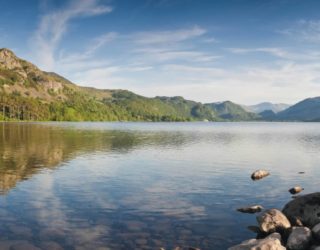A new study, commissioned by Natural England and carried out by Thomson Ecology has been looking at the impact of recreational activities on important bird species within the Mersey Narrows and North Wirral Foreshore Sites of Special Scientific Interest (SSSIs).
A previous study by the British Trust for Ornithology showed that several wading bird populations in the MN and NWF SSSIs were declining, and this was perhaps linked to site-specific factors such as human disturbance. This study looked at whether this decline was indeed linked to the high levels of recreational activities within the sites.
George Watola, Ecologist at Thomson Ecology said:
“The study was carried out over three winter months in 2014/2015 as we surveyed waders and wildfowl, and their responses to human activity. We looked at the management measures currently in place which address recreational pressures in the area. A total of 640 visitors were further questioned to ascertain the public’s views on bird disturbance locally and its causes.
Although we found that these SSSIs are easily accessible and well used, our study indicated that while there were frequent flight responses by birds to disturbance from recreational activities, it could not be ascertained if this was having population-level effects.”
There are many reasons why bird populations fluctuate. Although human activity may be a contributing factor in the Mersey Narrows and North Wirral Foreshore SSSIs, other causes of decline could include environmental and temperature changes at summer breeding grounds in the Arctic or changes in the mudflats themselves. More research needs to be done looking into other major contributors to bird declines in this area so that management regimes can be appropriately designed and targeted.”
Hannah Birtles from Natural England said:
“We commissioned this study to try to get a better understanding of the causes of bird declines within the Mersey Narrows and North Wirral Foreshore SSSIs and to find out whether these may be linked to high levels of recreational activity in order to improve management of these sites. The study produced some very interesting results, which although did not produce a definitive answer, do suggest the need for increased awareness-raising about disturbance to birds caused by recreational activities amongst the general public. We will be discussing these results with our partners, in particular Wirral Council, to discuss options such as signage and interpretation boards.”










